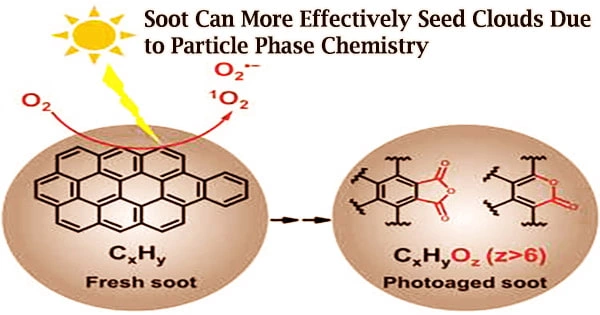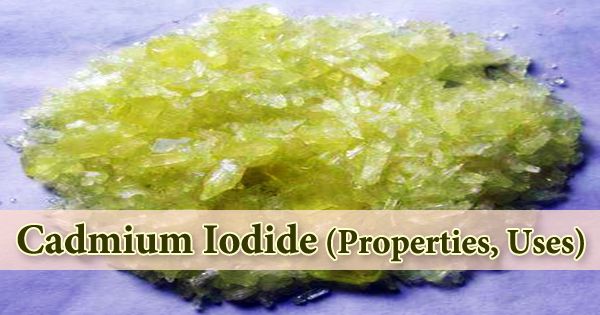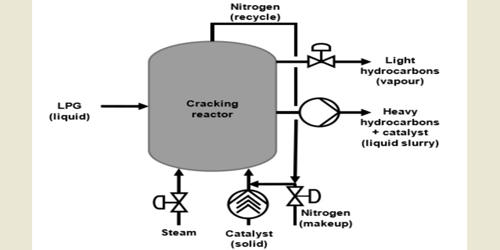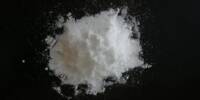A significant amount of highly unsaturated and oxygenated organic aerosol can be produced by the photochemical oxidation of polycyclic aromatic hydrocarbons on soot in the particle phase. That modifies soot to improve cloud condensation nuclei, which has an impact on the climate.
These are the results of a recent investigation led by Yafang Cheng of the Max Planck Institute for Chemistry in Mainz’s independent Minerva Research Group on Aerosols, Air Quality, and Climate.
A significant portion of secondary organic aerosol in the atmosphere consists of highly oxygenated organic compounds. However, it is still unknown where highly oxygenated organic molecules with high unsaturation (HU-HOMs) come from and how they are formed.
But now, a multidisciplinary team of scientists has discovered that the widely reported HU-HOMs in the atmosphere may have their origins in the photooxidation of large polycyclic aromatic hydrocarbons (PAHs) on soot by singlet oxygen and superoxide anion radicals.
Chuncheng Chen of the Institute of Chemistry, the Chinese Academy of Sciences, and Yafang Cheng of the Max Planck Institute for Chemistry led the team. Their findings stem from molecular analyses of the photochemical aging of soot by oxygen.
The hydrophilicity of soot can be significantly raised by the HU-HOMs made from PAHs, which have functional groups with the properties of lactone and anhydride.
This new HU-HOM formation pathway could be a characteristic evolution pathway of primary organic aerosols from various combustions, due to the widespread existence of PAHs there, thus contributing to a more comprehensive understanding of the chemical evolution of organic aerosols.
Yafang Cheng
After photochemical aging, soot is expected to become more hydrophilic, which is expected to have further effects on the fate and effects of soot aerosols in the atmosphere, such as improving cloud condensation nuclei, making soot more amenable to aqueous phase chemistry and aging, changing the wet deposition process, etc.
Deciphering the molecular formulae
By using laser desorption ionization coupled with Fourier transform ion cyclotron resonance mass spectrometry (LDI FT-ICR MS), an ultrahigh-resolution mass spectrometry technique allowing confident assignment of the molecular formulae, the researchers were able to characterize the evolution of molecular composition during the photoaging of soot.
The evolution of functional groups during soot oxidation was examined using in situ attenuated total internal reflection infrared spectroscopy (ATR-IR). They discover that large polycyclic aromatic hydrocarbons on soot are photooxidized to produce ketones, aldehydes, and acids in the first stage, followed by the formation and accumulation of lactones and anhydrides on further oxidation, to produce highly oxygenated organic molecules with high unsaturation (HU-HOMs).
“In this heterogeneous photochemical oxidation, O2 molecules are the initial oxidant, which is further photosensitized to form reactive oxygen species such as singlet oxygen and superoxide anion radicals,” said Meng Li, postdoc in Yafang Cheng’s group and the first author of the study.
“Considering the abundance of O2 in the troposphere, this oxidation pathway should be a very important aging process for PAHs and soot particles, especially in clean and remote regions,” added Meng Li.
“This new HU-HOM formation pathway could be a characteristic evolution pathway of primary organic aerosols from various combustions, due to the widespread existence of PAHs there, thus contributing to a more comprehensive understanding of the chemical evolution of organic aerosols,” said Yafang Cheng who leads the Minerva Independent Research Group at the MPIC.
















